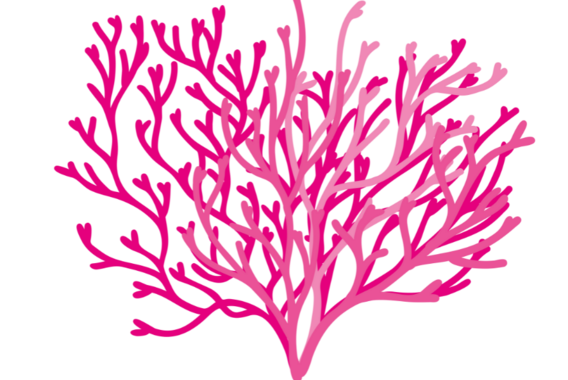Carrageenan
Carragelose® containing products owe their effectiveness to carrageenan, a high molecular weight polymer of the sugar-like molecule galactose which may carry sulfate groups derived from a number of species of red seaweeds of the class Rhodophyceae. This class of molecules has been used for several decades as a food additive and for medical purposes and is considered to be safe for human consumption. Carrageenan is generally recognized as safe (GRAS) in accordance with U.S. Food and Drug Regulations (21 CFR 182.7255).

